


DEGGENDORF, GERMANY - Recent political narratives and fearmongering may argue otherwise, but a closer look reveals that artificial intelligence (AI) as such is in fact safe and largely does work.
AI models certainly make mistakes, but so do humans. One should apply the same standards to both and bid goodbye to double standards that try to keep shedding a singularly negative light on AI. This article will explain why AI is safe and does work, discuss methodology that makes it safer, more reliable and more trustworthy, and present contemporary challenges and make recommendations to political decision-makers.
Does existential harm come from AI itself, or other underlying causes?
The AI Safety Summit 2023 brought together various stakeholders from government, industry, civil society, and others at Bletchley Park in the United Kingdom in early November. While various issues raised there are legit, claims that AI is the actual cause of most of those questions seem dubious. United States Vice President Kamala Harris warned the summit that "a senior kicked off his healthcare plan because of a faulty algorithm" would imply that AI poses an existential risk for that person.1 While this is obviously true and not a desirable outcome, it distracts from the actual underlying cause of problems of that sort. After all, there seem to be far fewer complaints when geriatrics are kicked off their healthcare plans by humans - something which happens with far greater frequency.
Examples like these show no need is necessarily present to regulate all issues in an AI-specific way. Instead, the US would be better served by focusing on the true source of the problem and tweaking its healthcare system accordingly so the vulnerable cannot be kicked off at all. Such an outcome would be (nearly) impossible in a country like Germany, and t
The content herein is subject to copyright by The Yuan. All rights reserved. The content of the services is owned or licensed to The Yuan. Such content from The Yuan may be shared and reprinted but must clearly identify The Yuan as its original source. Content from a third-party copyright holder identified in the copyright notice contained in such third party’s content appearing in The Yuan must likewise be clearly labeled as such. Continue with Linkedin
Continue with Linkedin
 Continue with Google
Continue with Google








 1029 views
1029 views
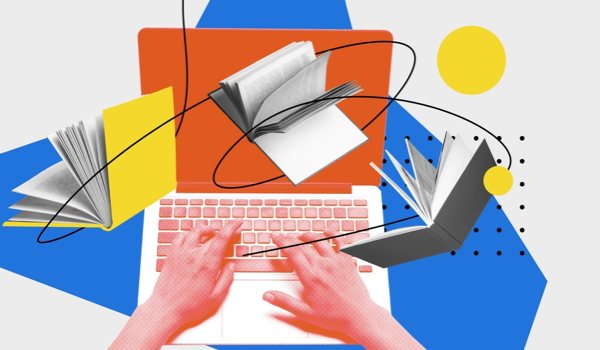
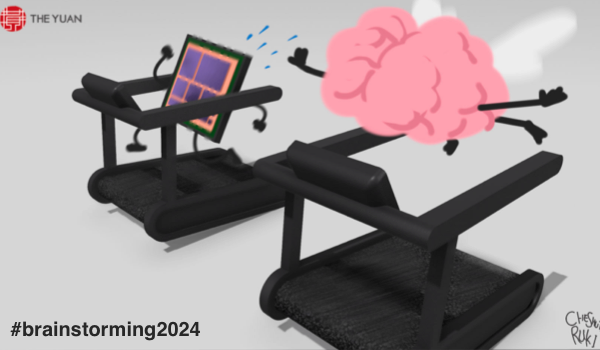


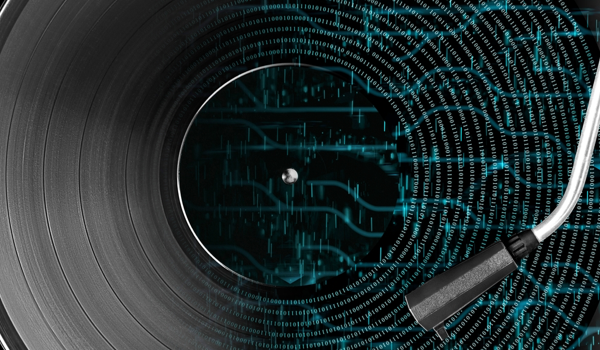
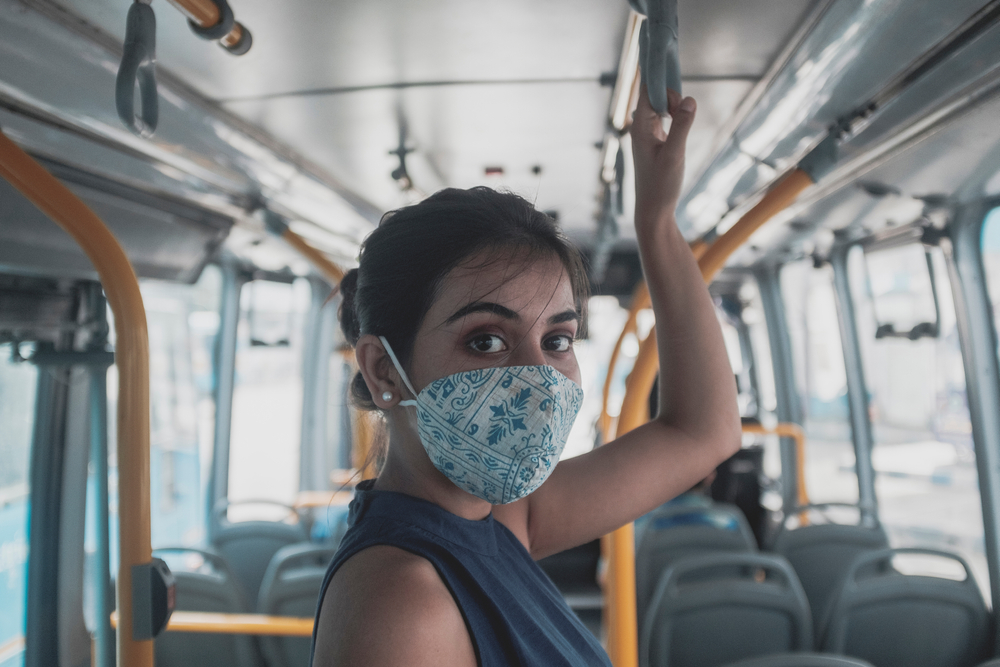
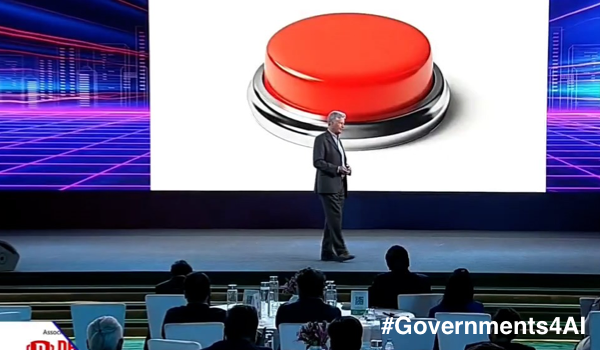


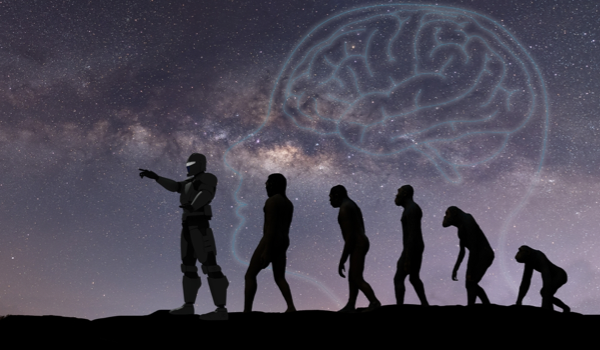
2024-01-05